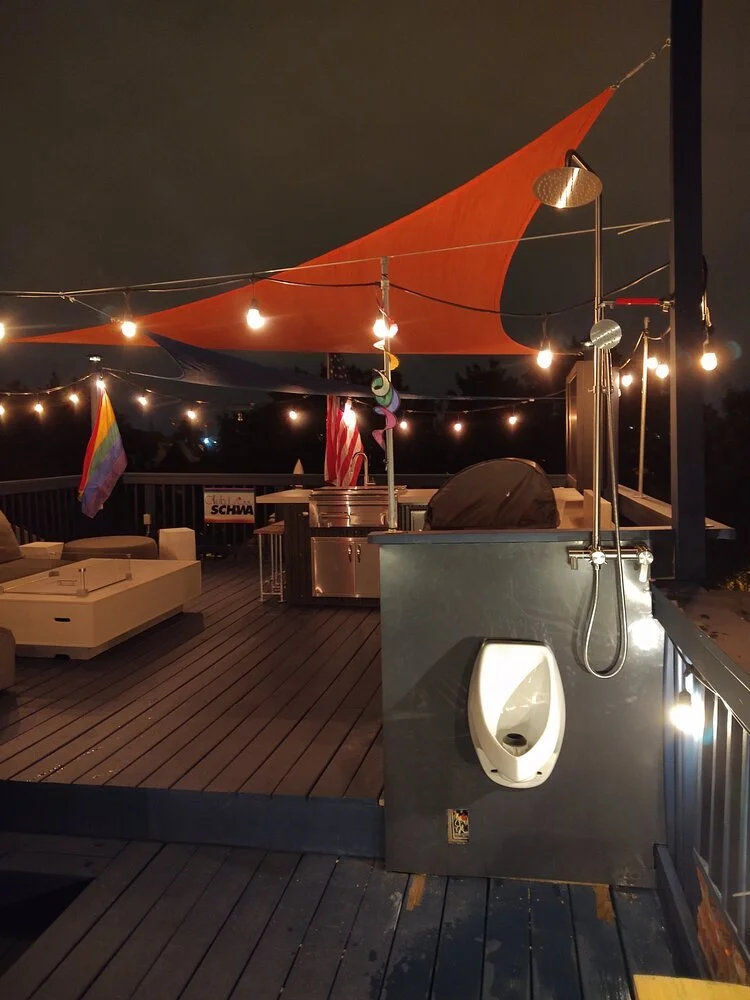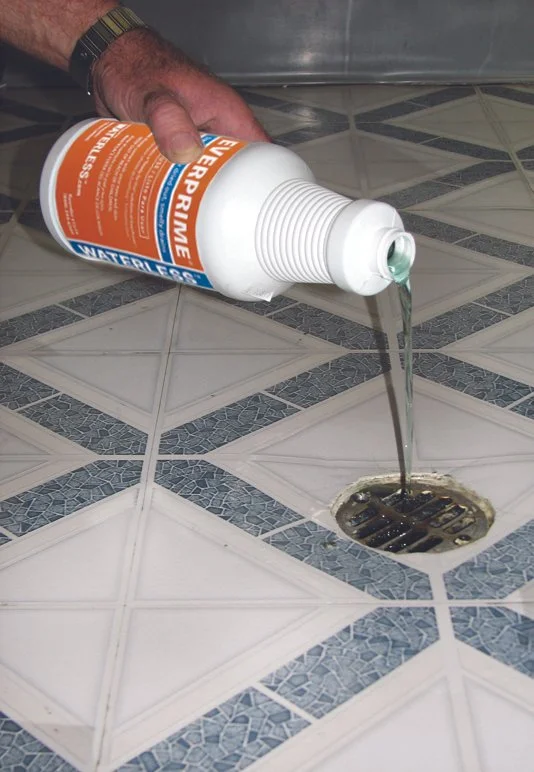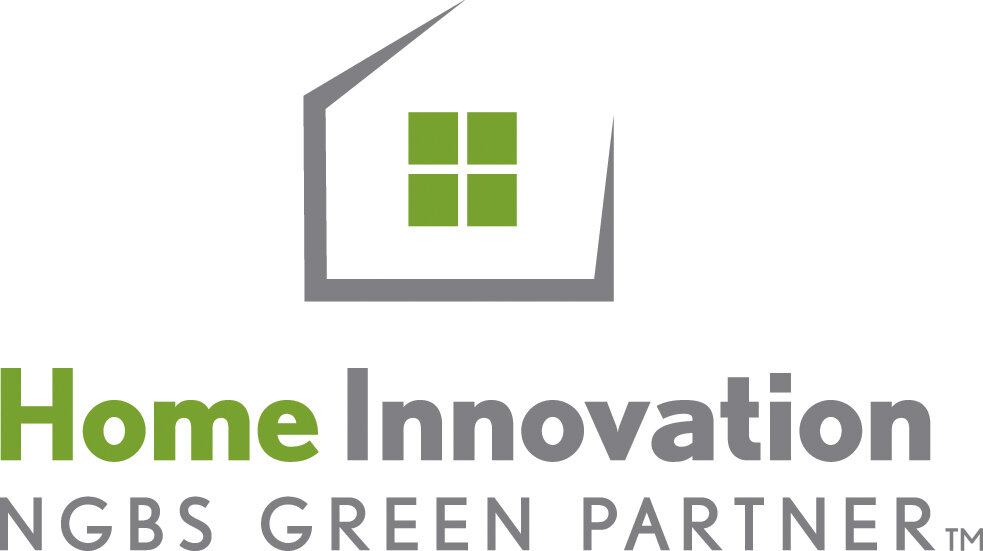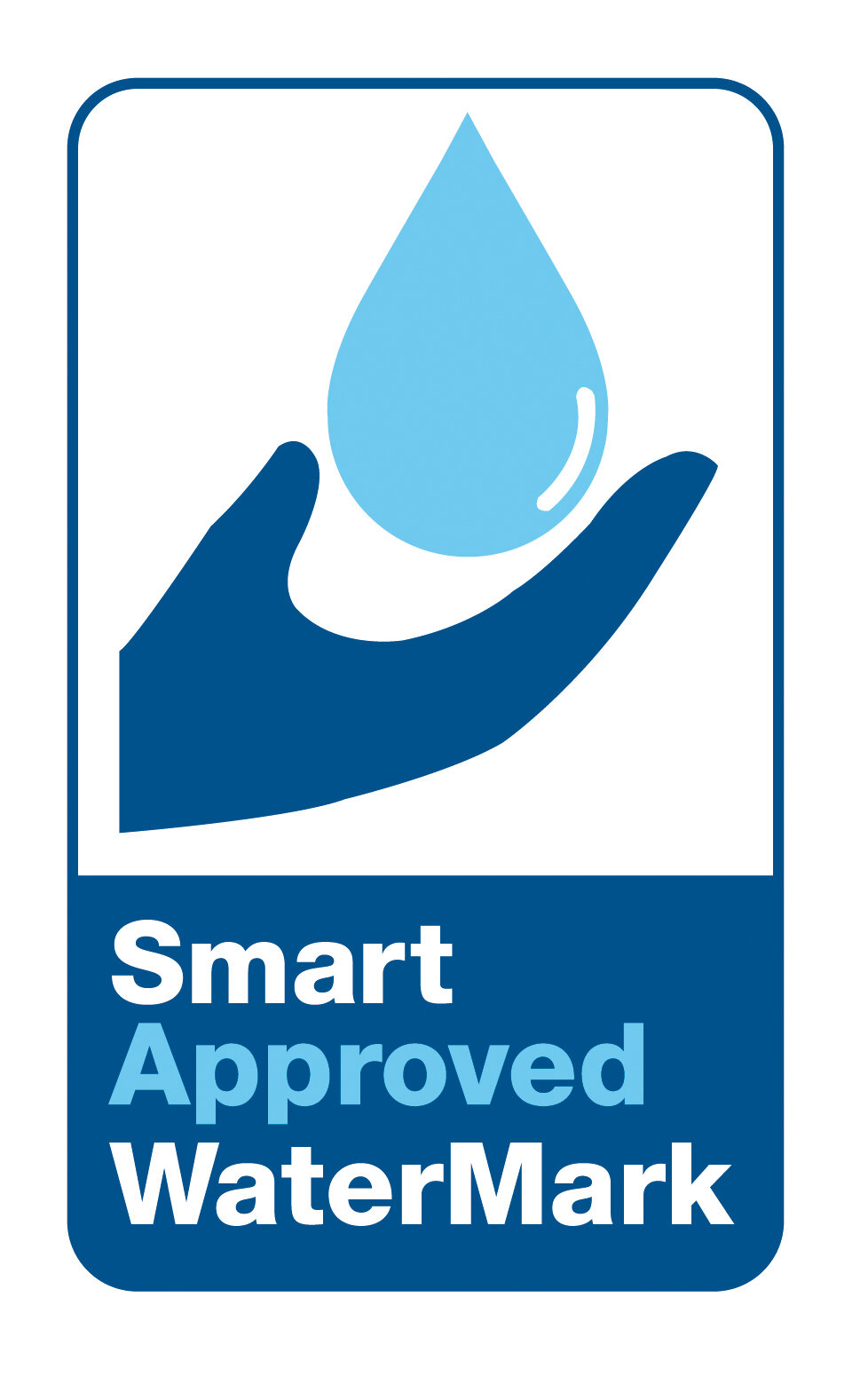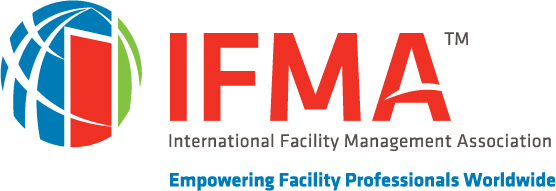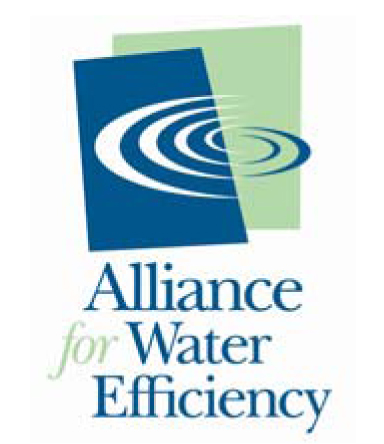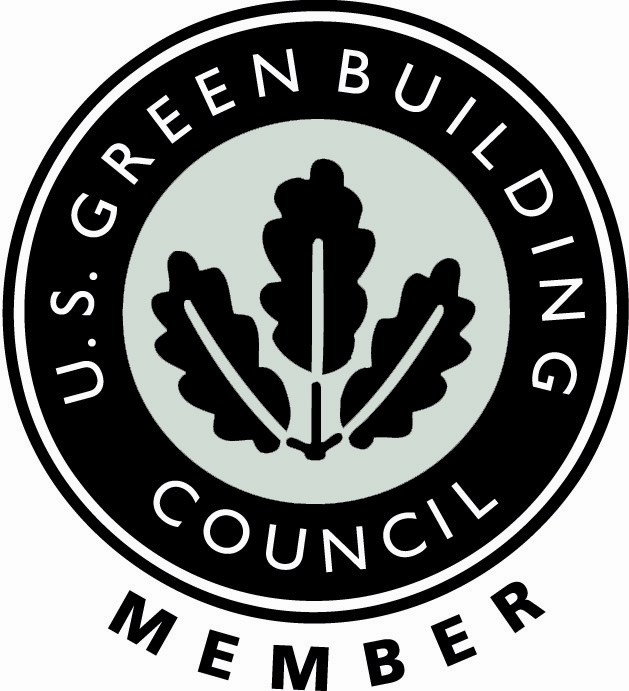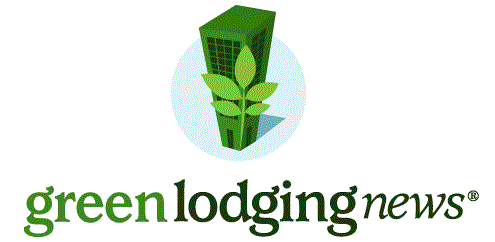Waterless urinals are experiencing an unprecedented surge across Fortune 500 companies, major universities, and healthcare systems nationwide, as facility managers discover they can slash water consumption by over 1 million gallons annually with a single, strategic retrofit.
The numbers are staggering:
Each waterless urinal saves 26,000 gallons per year—enough water for an average American family of four for two months. Scale that across a typical corporate campus with 50 urinals, and you're looking at 1.3 million gallons saved annually equivalent to filling two Olympic swimming pools.
"We're witnessing a fundamental shift in how building operators think about water efficiency," says Klaus Reichardt, CEO of Waterless Co., Inc., the company that pioneered waterless urinal technology in North America. "What started as a niche environmental solution has become an essential tool for meeting aggressive sustainability targets."
Driving Waterless Urinal Adoption
Three converging forces are propelling waterless urinals from curiosity to necessity:
Rising Water Costs: Commercial water rates have increased 40% over the past decade in major metropolitan areas, making every gallon count toward bottom-line savings.
Regulatory Pressure: New environmental mandates in California, New York, and other states are requiring dramatic reductions in commercial water usage, with hefty penalties for non-compliance.
Tenant Demands: Younger tenants are increasingly selecting office spaces based on verified sustainability credentials, not just square footage and location.
But There’s More: The Hidden Benefits
The environmental impact extends far beyond the bathroom. Traditional urinals consume massive amounts of energy—from pumping water to treating wastewater. Eliminating flushing systems removes facilities from this entire energy-intensive cycle.
Maintenance teams are reporting unexpected operational advantages. Without standing water, waterless urinals eliminate the breeding grounds for bacteria and biofilm that plague traditional fixtures. The result? Cleaner facilities using fewer harsh chemicals and requiring less frequent deep cleaning.
"Our custodial costs dropped 30% in the first year after installation," reports a facilities manager at a major West Coast tech company who requested anonymity. "The units practically maintain themselves."
The Green Certification Advantage
For property managers chasing LEED, WELL, and other green building certifications, waterless urinals represent low-hanging fruit with maximum impact. Water reduction credits directly support certification goals that can increase property values by 10-15% and attract premium tenants.
"These certifications have evolved from nice-to-have marketing tools to essential competitive advantages," Reichardt explains. "Waterless urinals offer one of the most cost-effective paths to meaningful points."
Why the Time Has Come for Waterless Urinals
Waterless urinals aren't new—Reichardt's company introduced them to North America in 1991. But a confluence of economic, environmental, and regulatory pressures has transformed them from an alternative solution into an essential upgrade.
"We're at an inflection point," Reichardt observes. "Climate realities, water scarcity, and economic pressures have aligned to make water conservation not just responsible, but profitable. Every gallon saved today is both an environmental victory and a competitive advantage."
As drought conditions intensify across the American West and water infrastructure reaches capacity limits nationwide, the humble waterless urinal may represent something much larger: proof that the most impactful environmental solutions often hide in the most unexpected places.
About Waterless Co., Inc.
Founded in 1991 and based in Vista, California, Waterless Co., Inc. pioneered waterless urinal technology in North America and has become the leading innovator in water-efficient restroom solutions. The company's comprehensive product line includes waterless urinals, specialized cleaning solutions, and water-saving accessories.
Company: Waterless Co., Inc.
Web: www.waterless.com










